(December 22, 2023) It was in 2020 that the Mayor of LA, Eric Garcetti, announced the city’s first official Transportation Technology Innovation Zone whose pilot project intended to be a zero emission, last-mile delivery service to aid in connecting residents confined to their homes with food from local businesses during the pandemic. Nagpur-born and California-based design strategist Saurabh Nimsarkar took it upon himself to structure LA’s first Transportation Technology Innovation Zone. “The brief given to me was to reduce the car usage in LA and at the same time, improve the connectivity of the people living in LA,” he tells Global Indian.
Calling it a “work in progress”, Saurabh underlines the impact that the transport technology zone created, especially in the middle of the pandemic. “We emphasised optimising last-mile delivery, specifically addressing the challenge of bringing groceries, food, and essential items directly to people’s doorsteps. The solution came in the form of autonomous delivery bots, which played a crucial role in ensuring the delivery of food to underserved communities,” says the transportation designer, who is currently working on autonomous air taxis.
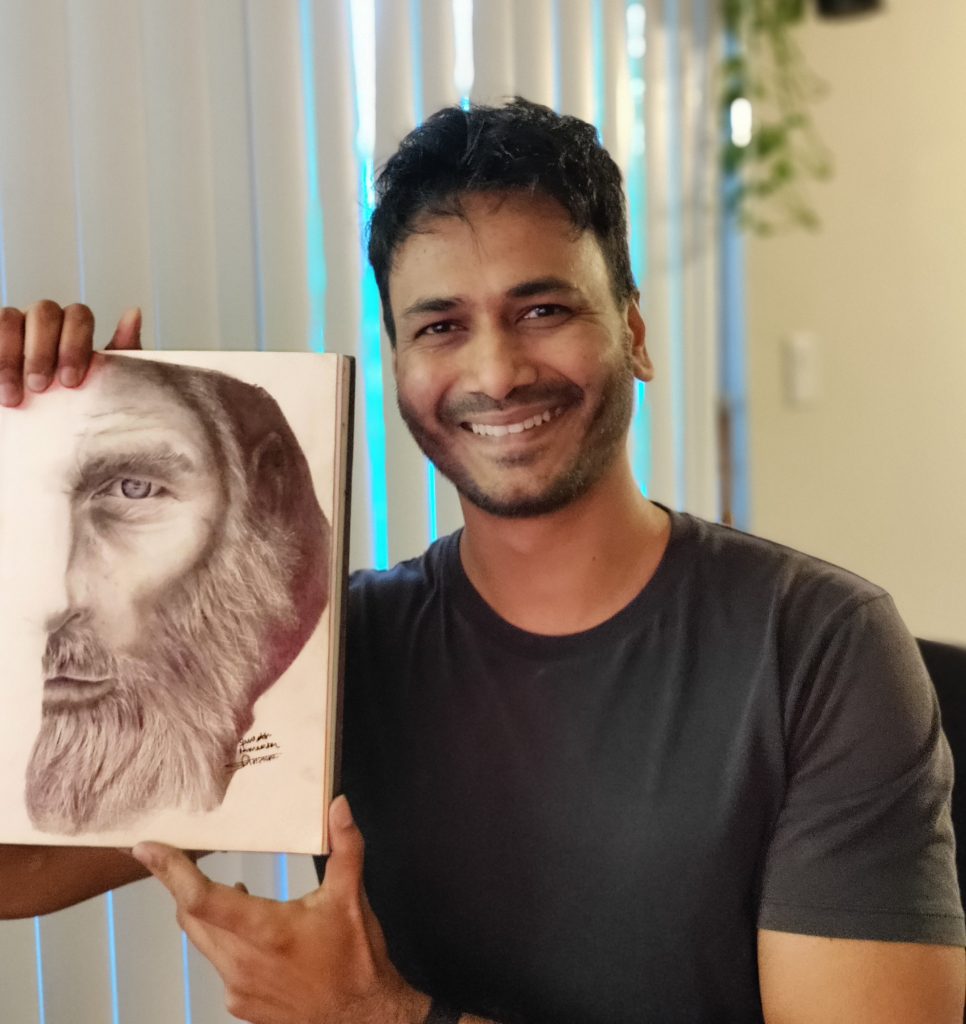
Saurabh Nimsarkar
Curiosity led to creativity
Having grown up at his grandmother’s farm for the first six years of his life, Saurabh spent most of his time catching insects, making sand castles, and picking mangoes. “That made me a curious person as I didn’t grow up in a traditional education setup where you attend school till 3 pm. Instead, I spent a lot of time playing around the villages. This curiosity translated into the person I have become,” says the designer, who picked up sketching landscapes at a very young age. “I would pick up my sketchbook, and graphite pencils and move to the fields where I would sketch small insects and birds. That’s when I started gravitating towards my artistic instincts. Slowly, the hobby translated into a passion and I started sketching portraits and became good at it with every drawing.”
He had the skillset but didn’t know what to do with it. So, like every 90s kid, he took up engineering and enrolled in Visvesvaraya National Institute of Technology for Metallurgy and Materials Engineering. “Those years at the engineering college established the groundwork for my journey as a designer.” Dissatisfied with his course, which he believed was only relevant to a select group of scientists, he found solace in dedicating time to sketching. Despite initially taking on a role as a software developer at Wipro, this experience broadened his perspective on design. “Even during my tenure as a software developer, my passion for design persisted. I spent time in the company’s library, immersing myself in design literature. This exposure fuelled my interest in pursuing design as a career. After thorough research, I decided to take the IIT-Bombay exam and successfully cracked it,” he elaborates.
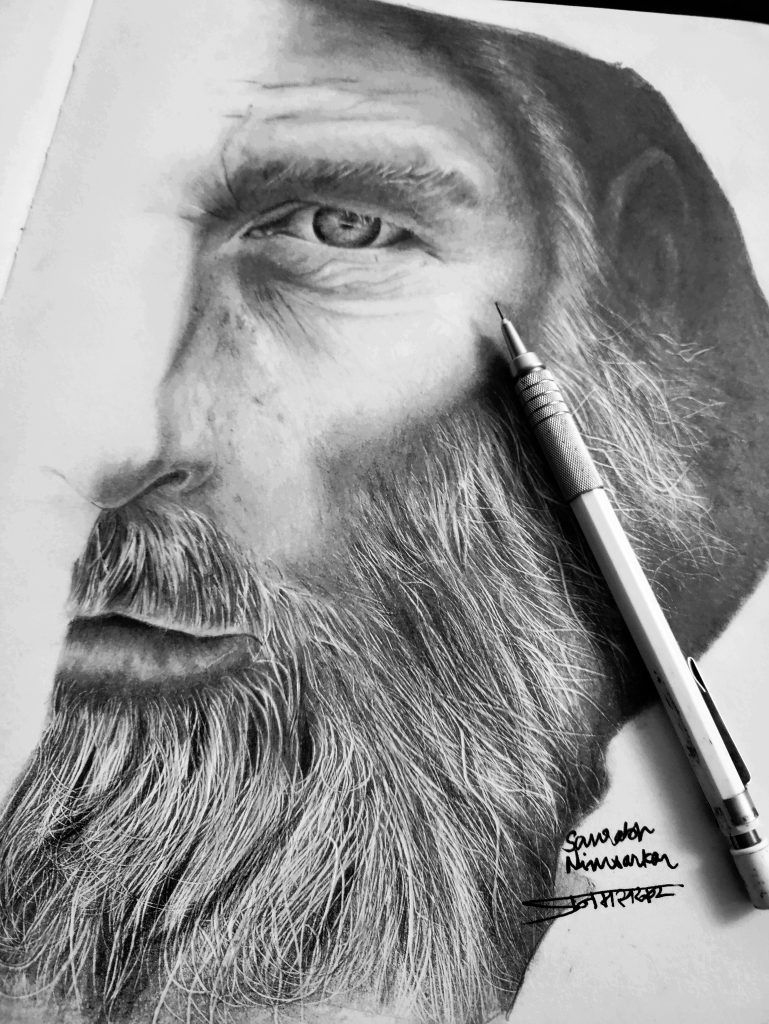
Saurabh dedicated two years to pursuing his master’s degree in mobility and vehicle design at IIT-Bombay, an experience which he says was nothing short of being in an army camp. “We went days without sleep to meet project deadlines. The program demands intense effort because you not only acquire new skills but also have to unlearn the logical thinking ingrained in engineers. As a creative individual, forging your path becomes essential,” he explains, emphasising the invaluable lessons learnt at IIT-Bombay, not only in the professional field but also in understanding the cultural aspects of design from professors and experienced designers. “I still try and use that knowledge in my work.”
The Global Indian journey
Armed with a new set of knowledge, he worked with Godrej for three years before flying to the US for his second master’s. He joined ArtCentre College of Design in California where he specialised in Transportation design. “I initially believed that design education in the US was exceptional, and I expected designers here to be at an unparalleled level. However, my perception changed when I realised that designers in India produce superior work. The disparity lies in our approach to publicising and branding our work; as Indians, we tend to lag in that aspect. Nevertheless, when it comes to skill sets and education, we are on par with our counterparts in the US.”
Moving to another country as a designer comes with its own set of parameters – one has to submerge in the culture and think about different social dynamics, before providing a solution. “I even had to learn the history of transportation and how it evolved in LA. The car culture is big in LA, each year they have car rallies. It’s a big part of their culture something that I learnt after coming here. It has been a rich experience for me as a designer.”
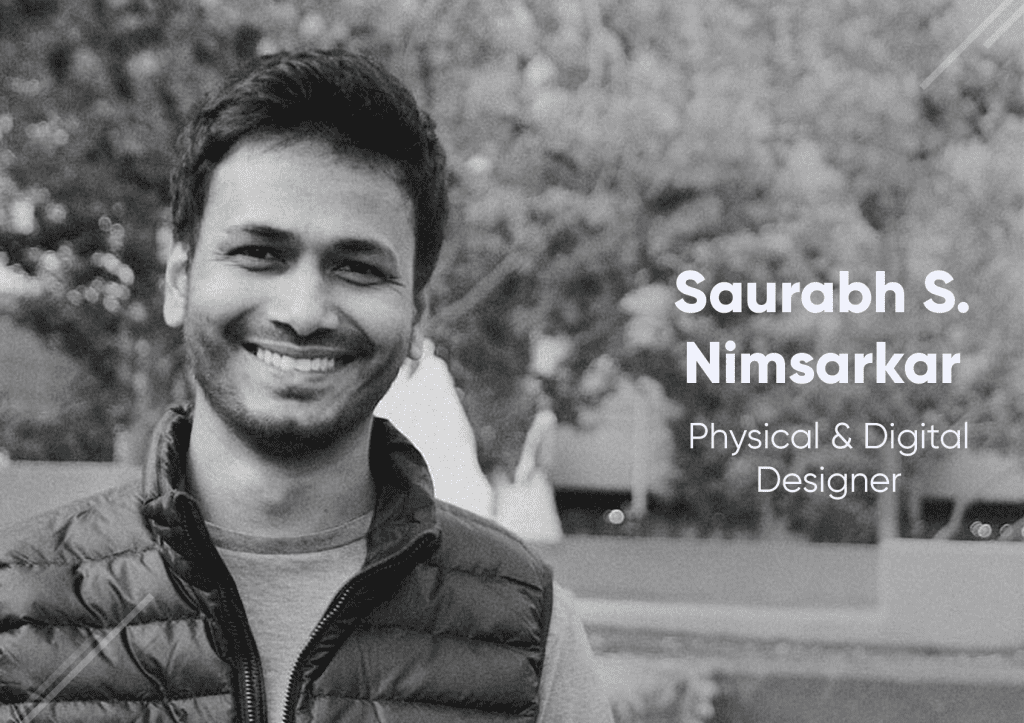
The project that changed it all
However, it was Los Angeles’s first transportation zone that put Saurabh Nimsarkar in the spotlight. He calls it serendipity as the Nagpur lad, who was then working with Honda R&D, found himself at a conference where a chance encounter with individuals from the Mayor’s office led to a conversation that eventually resulted in a job offer. Seizing the opportunity, he joined as a design strategist for LA’s pioneering transportation innovation zone.
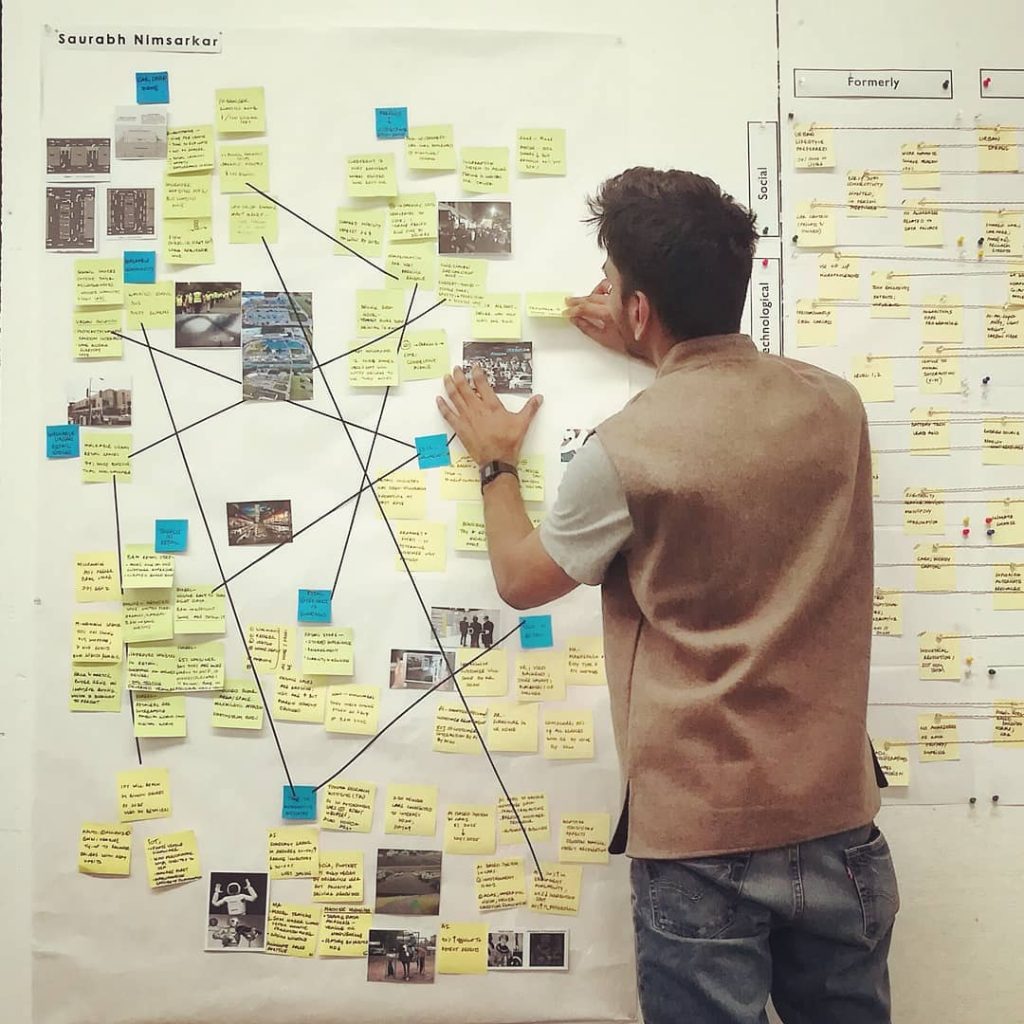
“I formulated a design research workshop that brought together participants from LA, local government entities, and technology providers. Uniting them under one roof, I outlined a workshop strategy aimed at devising solutions with a focus on people. I gave them canvases to work on. It enabled the creation of nearly 200 ideas, culminating in the issuance of a Request for Information (RFI). The insights gathered from the RFI process ultimately paved the way for the establishment of LA’s inaugural technology innovation zone, inaugurated by Eric Garcetti, the then Mayor of LA.”
Shaping the future
Having lived in California for six years now, Saurabh saw the rising number of recreational vans (RVs) on the road, owing to the high rents in the state. This led to the concept of ModLiv, an autonomous RV that will change the way people live in the future. “The RV concept is huge in California as most people cannot afford the steep rents. In San Francisco, the average rent is around $5000 per month while the average salary of a software engineer is $7000. Second-hand RVs, on the other hand, cost $10,000 which is a one-time investment and also provides mobility. This led to the premise of ModLiv as how people will navigate the space with their changing lifestyles and work from home in the future.” What sets it apart from other RVs is the novelty of being autonomous. “I plan to use it as a service through government initiatives and not a product, as homelessness is a huge problem in California.”
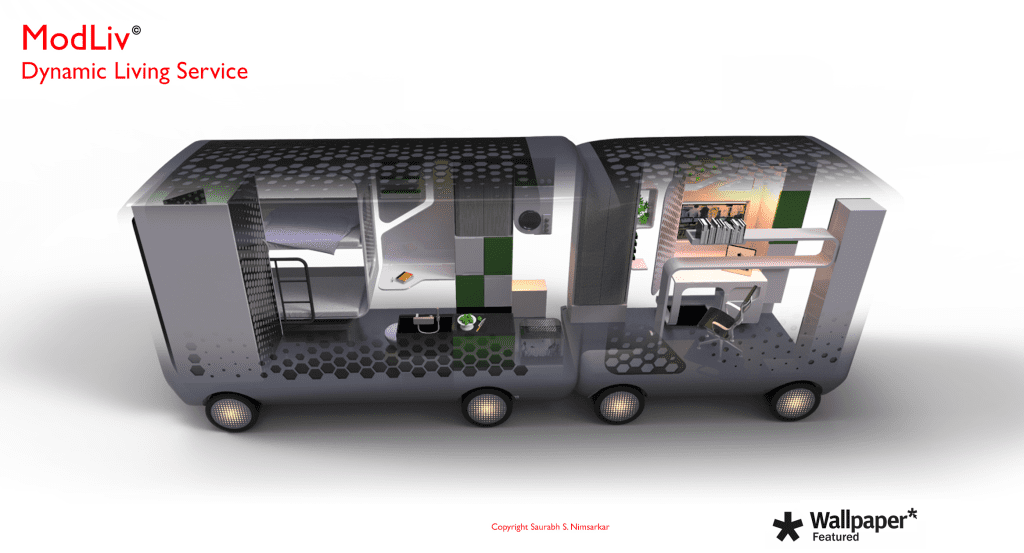
ModLiv
In these years in the US, Saurabh has become more open-minded and has learnt to have a beginner’s mind in every approach. “Solving the right problem is important to me. Also, do not have a cursory glance at the solution but understand the background and context.”
The designer is currently working for Wisk Aero, a company that’s making a four-seater autonomous passenger aircraft. “The USP of this is that you can use the third dimension – air – to transport people from point A to B in an efficient way. It’s like a passenger air taxi, and it’s going to be autonomous and one can roughly travel 50 miles in 20 mins. Autonomous is very specific to our company and that’s our USP.” He adds that the system is designed to be safer, eliminating the possibility of human error. While not fully autonomous, it incorporates human supervision for added security. “We are working on it, it’s a long way as it involves certain levels of regulation.”
As a transportation designer, who is into psychogeography, he calls advanced air mobility the future of aviation. “As for transportation, the future should be carless. However, people should be provided with alternate modes of public transportation equitably, of course, economics and sustainability factors to it.”
- Follow Saurabh Nimsarkar on LinkedIn




What a fantastic journey you’ve had, Saurabh!
Thanks for sharing your experiences.